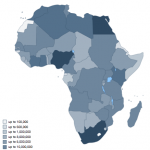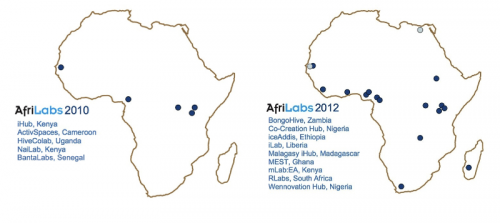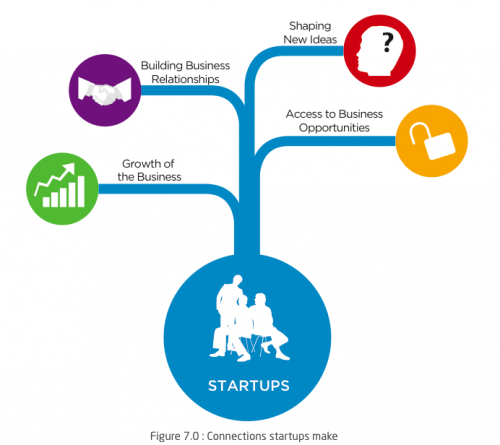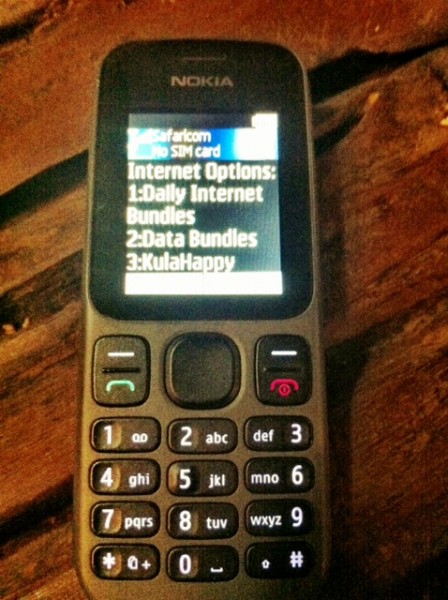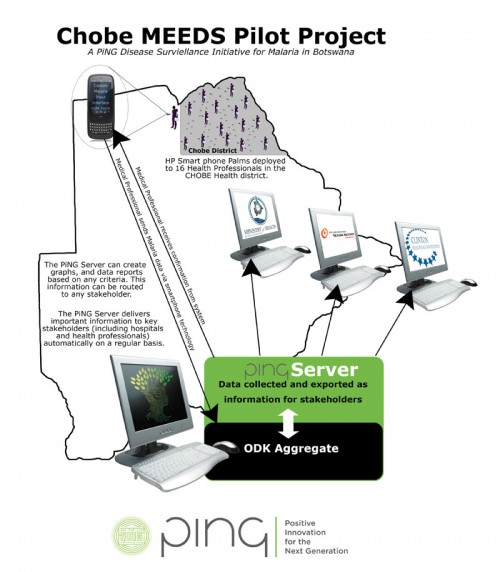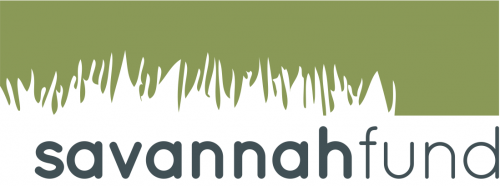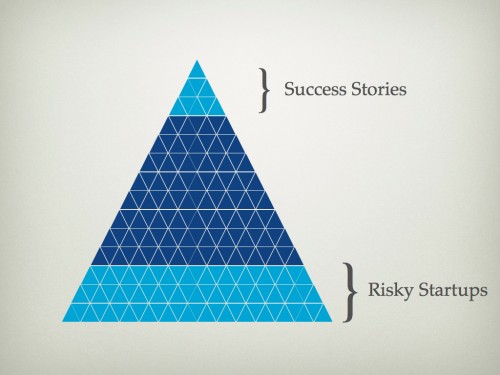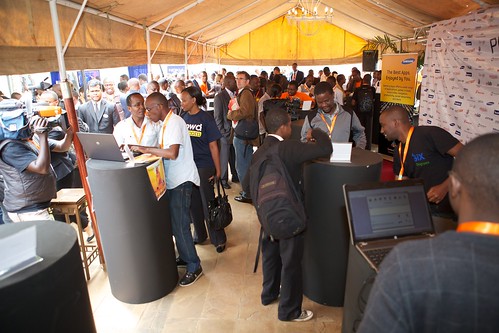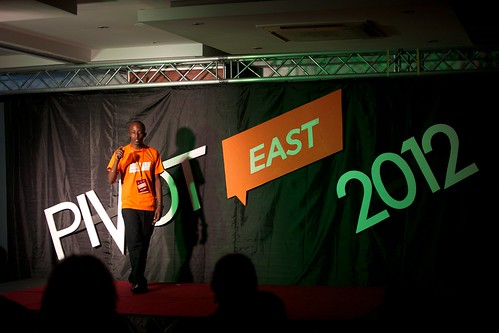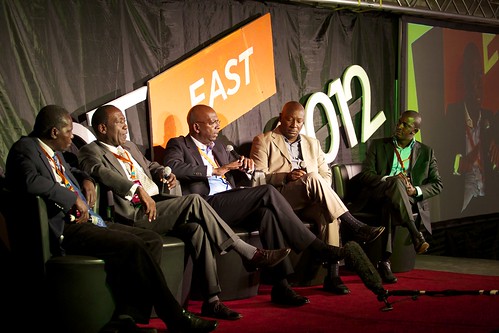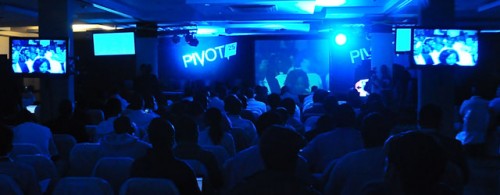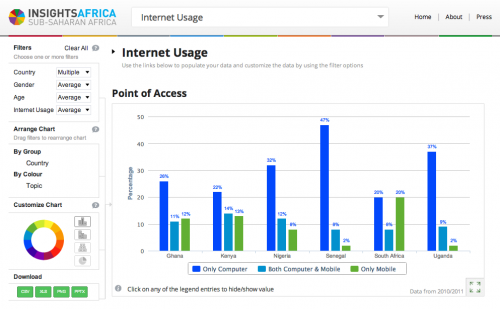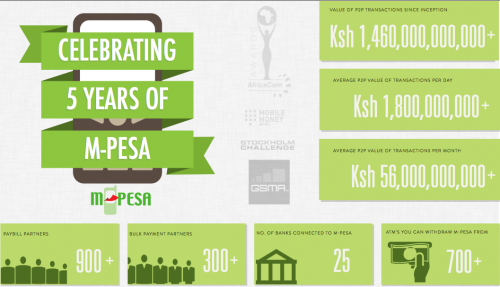[See the pictures at Kenya365.com]
Mutua Matheka and I met up today and hatched an idea to have a little picture fun over the next 12 months. We quickly roped in Eston Whitfield and are looking for a couple more to join up. We’re going to do a picture-a-day on Instagram, and see what happens. Likely others will join in as well, so here are the guidelines:
RULE #1: You can only tag one Instagram photo with #Kenya365 each day.
That is the one and only one rule.
It starts on Sept 1, 2012 (2 days from now) and ends on Aug 31, 2013. To make it more challenging and fun we’re going to ask ourselves to find “interesting” shots each day (however you decide to define that).
Feel free to invite another Instagramer to it, especially if you think they do great stuff, or join in yourself. Just pass on rule #1 to them.
A reminder that this is for fun, and we’ll see what happens. If it’s going well we can create a site to aggregate the images with this tag on it for people to find easily.
You can find us on Instagram with the following handles:
- Erik Hersman on Instagram: @White_African and on Twitter at @WhiteAfrican
- Mutua Matheka on Instagram: @Truthslinger and on Twitter at @Truthslinger
- Eston Whitfield on Instgram: @Eston and on Twitter at @Estoni
- Jepchumba on Instagram: @Jepchumba and on Twitter at @DigitalAfrican
- Wamathai on Instagram: @Wamathai and on Twitter at @Wamathai
- Joseph Were on Instgram: @jaydabliu and on Twitter @jaydabliu
- Taylor Martyn on Instagram: @Zulusafari and on Twitter at @zulusafari
- Elvis Mutai on Instagram: @mutaielvis
- Eve on Instagram: @eveheartsphotog and Twitter at @eveheartsphotog
- Wachera on Instagram: @Wacherah and on Twitter at @Wacherah
- Musa on Instagram: @moahandpainted and on Twitter at @mole_a
- Maggianna Wanjohi on Instagram: @Maggianna and on Twitter at @Maggianna
- Steve Kitots on Instagram: @SteveKitots and on Twitter at @SteveKitots
- Lema on Instagram: @lemajisa and on Twitter at @jisaslema
- William on Instagram: @nguru and on twitter @lilwaim
- Wairimu Mwaura on Instagram: @missmwaura and on Twitter at @missmwaura
- Ratia on instagram: @ratia_tee and on Twitter at @ratia_tee
- Aika on Instagram: @aikawangwe and on on Twitter at @aikawangwe
- Pendo la Mama on Instagram: @pendolamama and on Twitter at @pendolamama
- Njeri Thande on Instagram: @njerithande and on Twitter @njerithande
- Wambui on Instagram: @wambeauty
- Shitawa Bah on Instagram: @eatoutkenya and on Twitter @eatoutkenya
- Wiselar on Instagram: @wiselar and on Twitter at @wiselar
- The Afrohemien Nomad on Instgram: @LAfrohemien and on Twitter at @LAfrohemien
- Angela Oduor on Instagram: @angelaoduor and on Twitter @AngieNicoleOD
- Leo Patra on Instgram: @c_Leo_patra and on Twitter at @c_Leo_patra
- Angela Crandall on Instagram: @honoluluskye and on Twitter at @honoluluskye
- Flora Okuku on Instgram: @maflosah and on Twitter at @maflosah
- Mark Mwangi on Instagram: @Mwangyzzle and on Twitter @mwangy
- eGichomo on Instagram: @eGichomo and on Twitter at @eGichomo
- Riyaz Osman on Instagram: @ri_yaz and on Twitter at @ri_yaz
If you’re going to take part, leave a comment below with a link to your Twitter handle and your Instagram account and I’ll add you into the list.
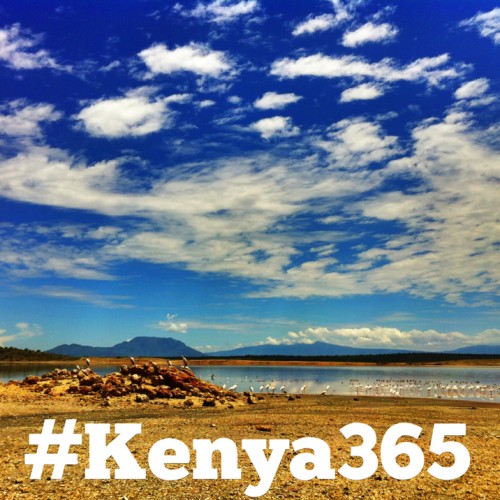
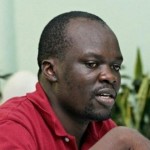 If you know Robert Alai’s history in the tech scene in Kenya, then you know why he has been banned from the iHub. There’s a reason why the Skunkworks community ejected him multiple times over many years. There’s a reason why Nokia banned him. There’s a reason why Google blacklisted him. He consistently
If you know Robert Alai’s history in the tech scene in Kenya, then you know why he has been banned from the iHub. There’s a reason why the Skunkworks community ejected him multiple times over many years. There’s a reason why Nokia banned him. There’s a reason why Google blacklisted him. He consistently 